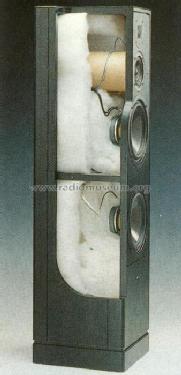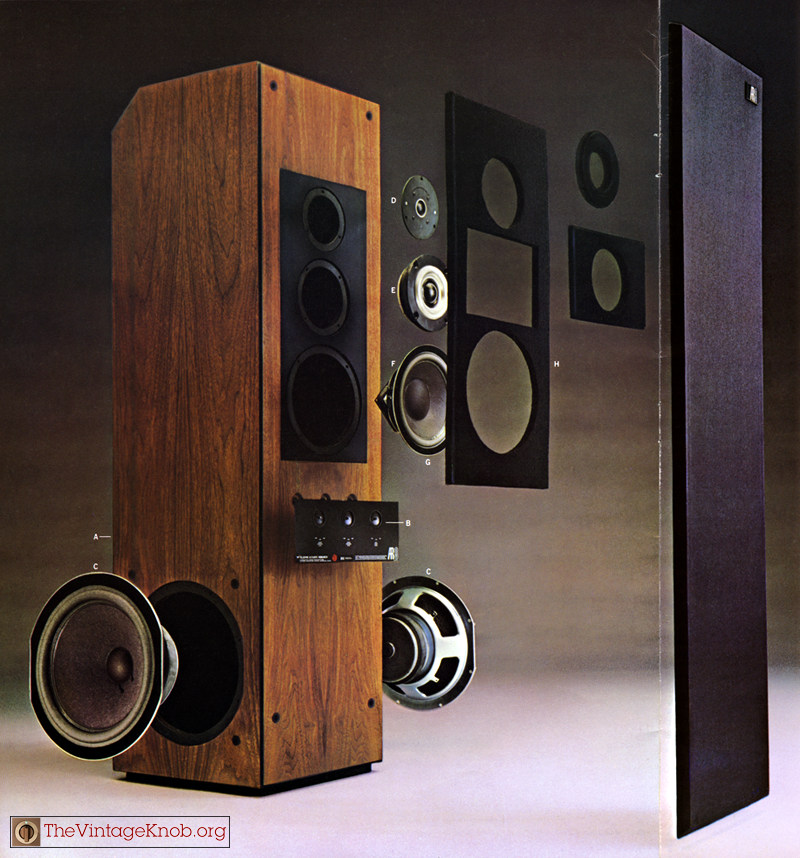Q
QuestForThe13thNote
Guest
Can some more knowledgable people about techie matters please help me out with this.
Why are some speakers designed as 3 way against others as 2 way. As far as I can tell it’s to do with more faithfully reproducing bass in a 3 way design. This video is quite good https://m.youtube.com/watch?v=F98MB3m8jCs
So therefore as this guy explains it, if you have a bass driver that just deals with low frequencies you achieve that with a bigger driver just by the properties of the driver and how much it can vibrate. You then need a mid driver to fill in the gap and the hf unit for the top frequencies. He also explains that if you then have a two way speaker, it tends to be one with a 5-8 inch bass/mid driver to be able to cope with low bass (but not quite as low as a bigger driver) and mid range, and so you can achieve cross over adequately with the high frequency unit.
so what this means then is that if you really like lots of low bass you go for a 3 way design of a decent sized speaker maybe an atc scm40, but if you like modest bass you’d tend to find a 2 way as acceptable. It tends to be 3 ways are in bigger designs. I’ve never found you can make distinctions between 3 way being better than 2 on overall quality of sound. Also depends on quality of drivers, how it crosses over. Also I’ve heard ‘phase problems’ being mentioned with 3 way which is presumably because in a 3 way design you need two crossovers, one between low and mid, and another between mid and hf.
Have I got the above right and does the above adequately explain the design considerations about these two types of designs ie 2and 3way. The thing that got me stumped is why would something like a neat iota alpha be a really small speaker and have a 3 way design but utilise small drive units as a 3 way design.
Why are some speakers designed as 3 way against others as 2 way. As far as I can tell it’s to do with more faithfully reproducing bass in a 3 way design. This video is quite good https://m.youtube.com/watch?v=F98MB3m8jCs
So therefore as this guy explains it, if you have a bass driver that just deals with low frequencies you achieve that with a bigger driver just by the properties of the driver and how much it can vibrate. You then need a mid driver to fill in the gap and the hf unit for the top frequencies. He also explains that if you then have a two way speaker, it tends to be one with a 5-8 inch bass/mid driver to be able to cope with low bass (but not quite as low as a bigger driver) and mid range, and so you can achieve cross over adequately with the high frequency unit.
so what this means then is that if you really like lots of low bass you go for a 3 way design of a decent sized speaker maybe an atc scm40, but if you like modest bass you’d tend to find a 2 way as acceptable. It tends to be 3 ways are in bigger designs. I’ve never found you can make distinctions between 3 way being better than 2 on overall quality of sound. Also depends on quality of drivers, how it crosses over. Also I’ve heard ‘phase problems’ being mentioned with 3 way which is presumably because in a 3 way design you need two crossovers, one between low and mid, and another between mid and hf.
Have I got the above right and does the above adequately explain the design considerations about these two types of designs ie 2and 3way. The thing that got me stumped is why would something like a neat iota alpha be a really small speaker and have a 3 way design but utilise small drive units as a 3 way design.




